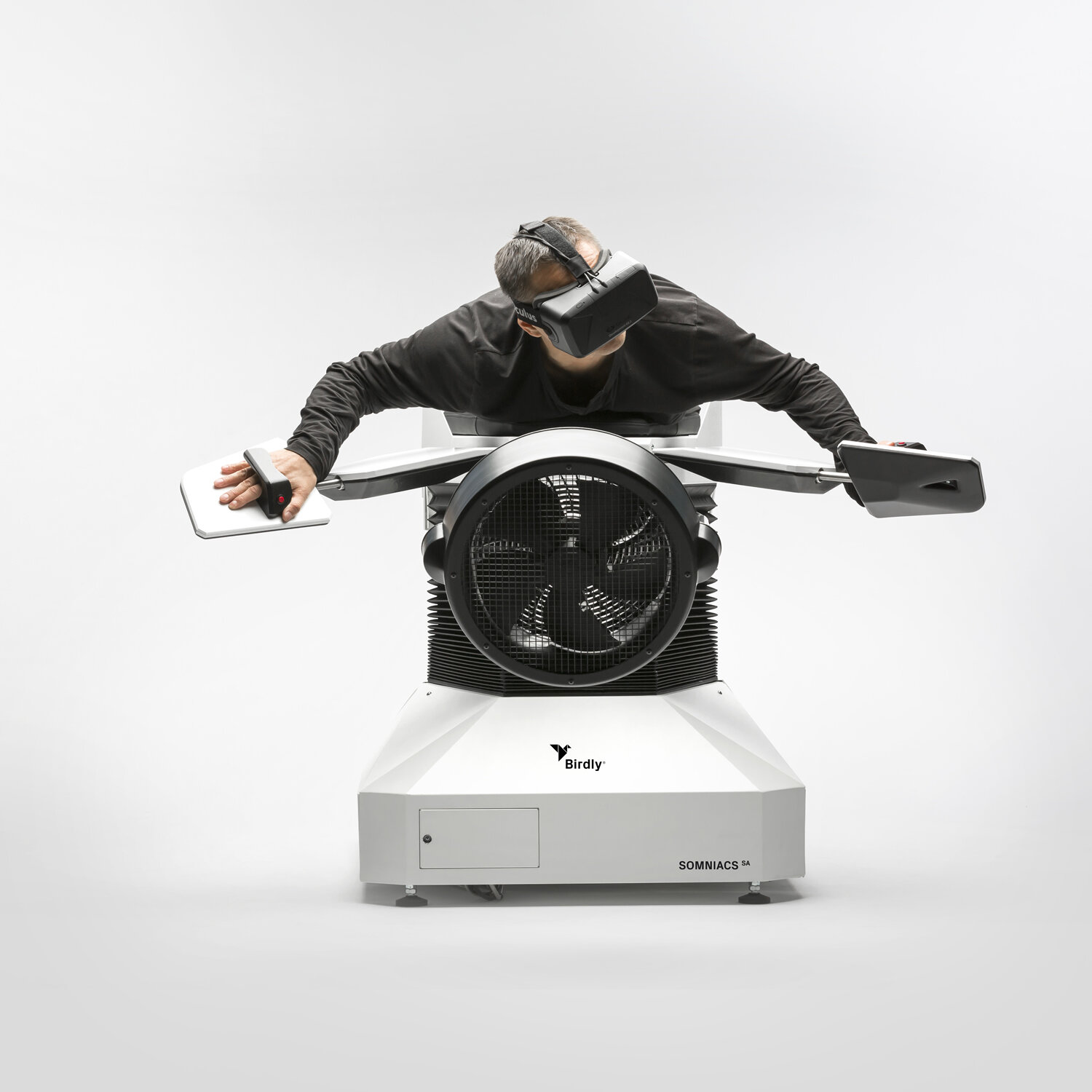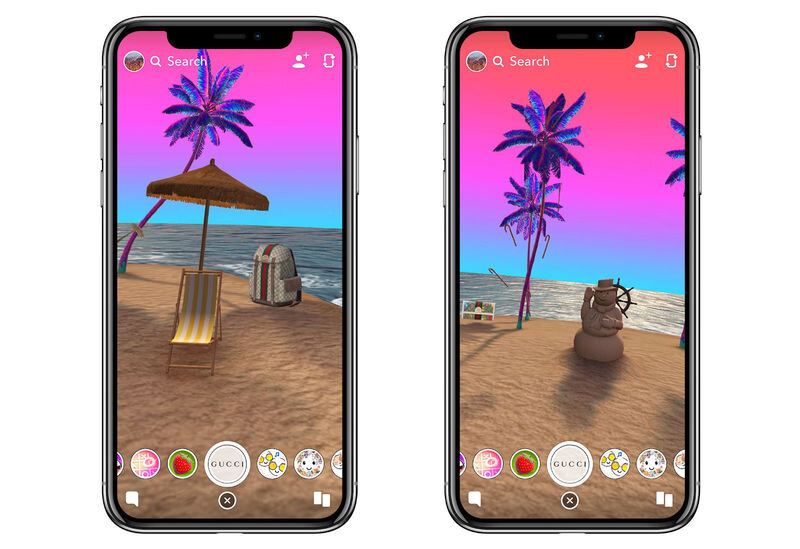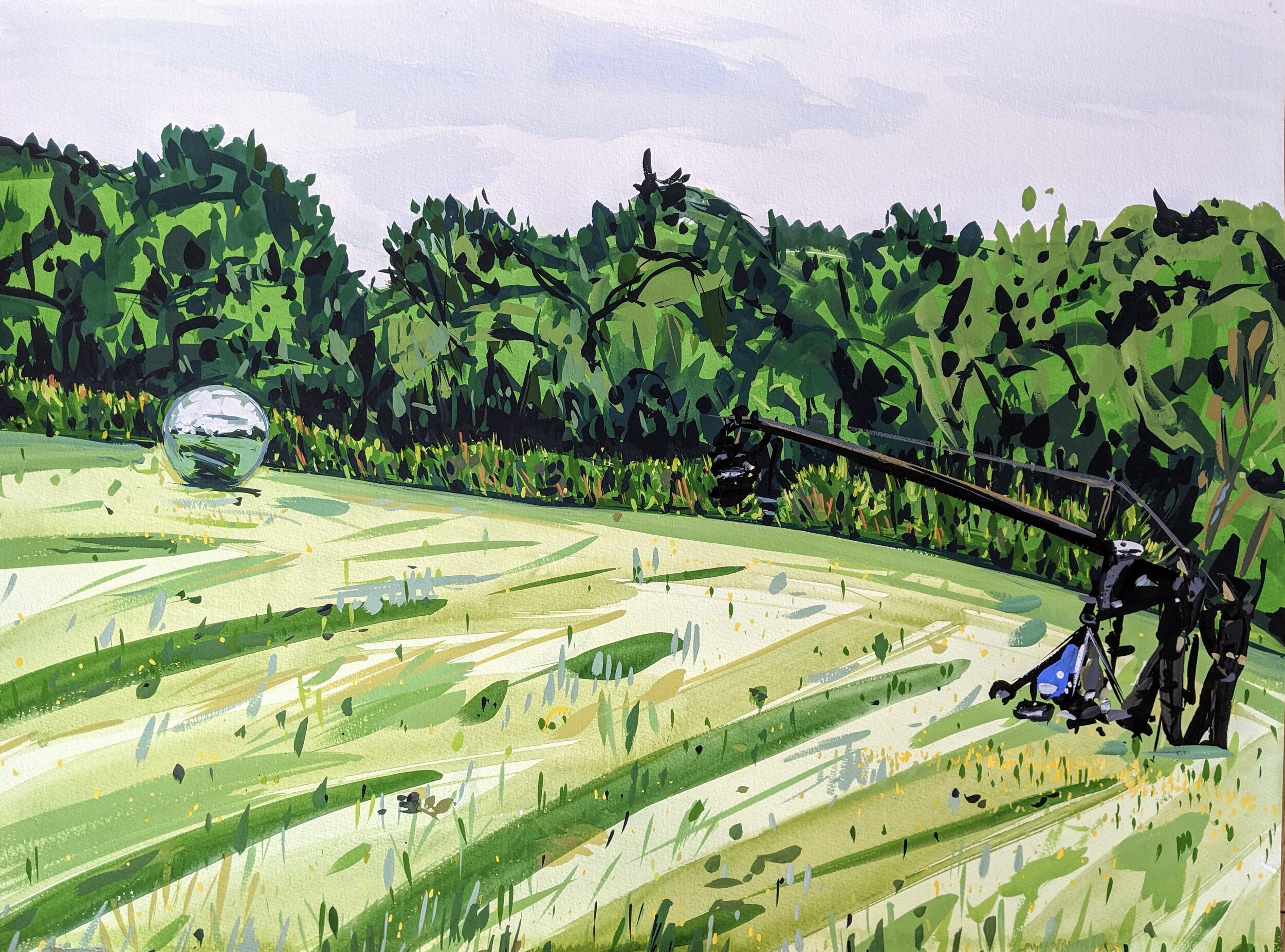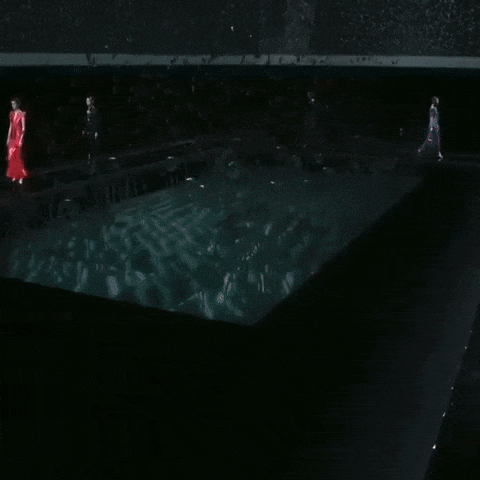Virtual Tourism

How AR and VR can be used for virtual travel and tourism in a time of self-isolation and closed borders.
Last month, I tweeted about the Shanghai botanical garden live-streaming their cherry blossom tours from a closed park while citizens stayed home to self-isolate.
It prompted me to reflect on ways Augmented Reality (AR) and Virtual Reality (VR) could be used beyond a 2D video live-stream to help enhance and further simulate the feeling of being in that park, or as though elements of the park had entered your physical surroundings.
That “feeling” is something virtual researchers call “presence."
Presence is a term used in VR to describe the perception and sensation of really “being there” in the computer-generated environment, as though it were a real place. It’s a measure of how well a virtual environment succeeds in immersing a user.
Birdly — a VR experience I highlight in my keynotes — is one example of virtually transporting you to another environment, complete with corresponding movements and sensations to help you feel like you are really there in that alternate world.
By wearing a VR headset and placing your body in a VR contraption, Birdly enables you to fly high above the streets of Manhattan. You control your virtual wings by flapping your physical arms, taking in the iconic views and landmarks from a birds-eye-view, all while feeling the wind in your hair (there’s a fan). You are completely removed from your physical environment; you go someplace else.
If presence in VR is the feeling of you “really being there,” presence in AR is the perception of the virtual content melding with your physical environment as though the content is “really here,” fusing with your surroundings.
AR could be used as a way to extend the cherry blossom live-stream video by placing virtual trees in your physical surroundings, inviting you to walk around them and explore the tree’s branches.
Take for instance this AR Snapchat Lens by Clay Weishaar in collaboration with travel blogger Louis Cole (Fun For Louis) where you can walk through a surreal forest situated in your living room filled with golden trees and crystal leaves. (The virtual trees are viewable through your smartphone and the Snapchat app.)
Another means of virtual travel and discovering new places is with AR portals. Portals give the illusion of stepping through a virtual window and being able to look around in 360 degrees with visuals and animations masking your physical surroundings. (In this sense, portals are a place where AR and VR converge.)
Fashion brand Gucci created a virtual beach portal in Snapchat last year as part of their holiday campaign. Using your smartphone and the Snapchat app, you were transported to a tropical island with a fluorescent sky and bright pink dolphin jumping overhead. Gucci items like a handbag and backpack were also on display in the sand. The experience included an AR filter using the front-facing camera to let you take a selfie while immersed in the beachscape. Consider it your virtual postcard and proof of “really being there.” (We’ll see more brands embrace and expand this AR portal method creating virtual spaces for users to explore, hang out in, and shop.)
As people around the globe self-isolate due to COVID-19, the world’s physical parks, and cultural sites are currently closed and devoid of human visitors. For now, virtual visits — to places real and imagined — are the safest form of travel.
Painting by Pippa Cunningham (courtesy of the artist).
When first reading about the Shanghai botanical garden live-stream, a painting I had seen only a few days prior by Pippa Cunningham immediately came to mind. Cunningham was one of 48 artists competing on the Sky Art’s Landscape Artist of the Year television program. Episode two featured Cunningham alongside seven other artists all painting the same landscape outdoors at Herstmonceux Observatory in Sussex (experiencing the worst rain ever on the series).
There was something distinctly different about the landscape Cunningham chose to capture in her interpretation, and perhaps it was even slightly foreboding: Cunningham was the only artist who included the camera rig; it featured prominently in her beautiful painting.
Painting the camera captured the weirdness of the experience and madness of the situation for Cunningham. “Towards the end of the day the painting was looking pretty empty,” Cunningham told me. “The camera men came along and I decided to put them in it. It was sort of two things really: the composition, but also the strangeness of nature and then these camera men in black and the massive camera on the crane.”
I pictured the Shanghai Botanical Garden looking strangely similar during the live-stream: a digital eye capturing an empty landscape and transmitting it to viewers at home.
Will we see the return and rise of the “Armchair Traveler” exploring the world from the comfort of our homes — first made popular with the stereoscope during the Victorian era — but now with updated technological methods of live-streams, AR, and VR? Will virtual tourism take off under these unfortunate global circumstances?
Perhaps, as long as we remember the real world is still out there, waiting for us to return once the storm has passed.
*This article includes excerpts adapted from my book “Augmented Human.” You can read a copy here.
Need expert help with your digital strategy? Learn more about my consulting services here.
Book me as a speaker for your next event.
Get your copy of “Augmented Human” (available worldwide in 5 languages) here.
Follow me on Twitter: I’m @ARstories







